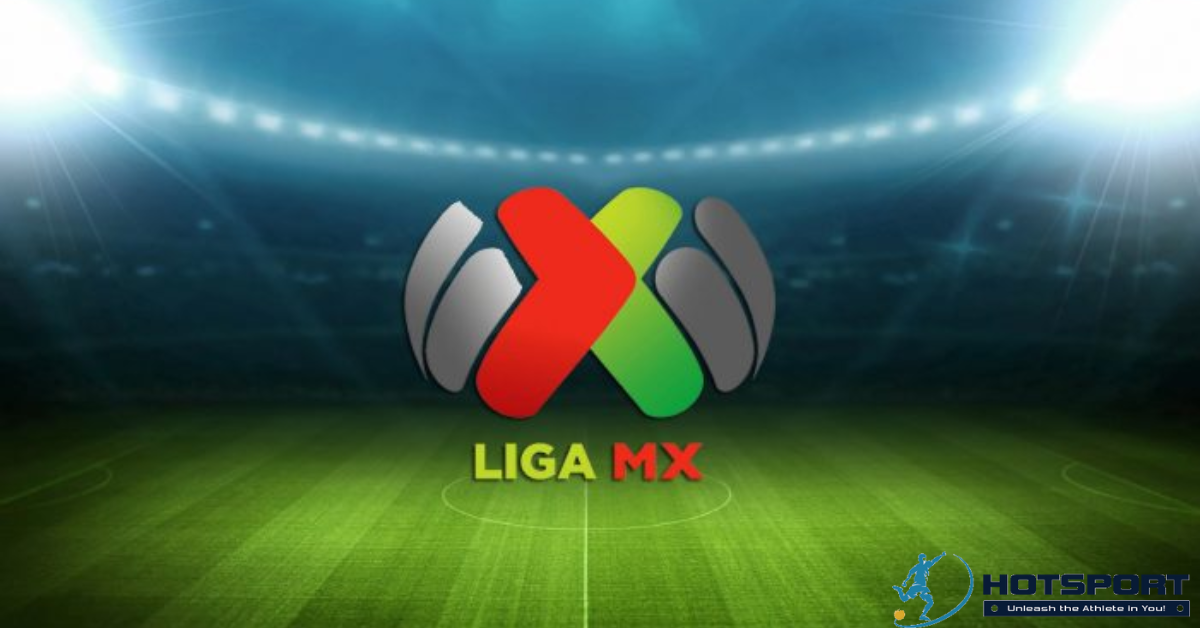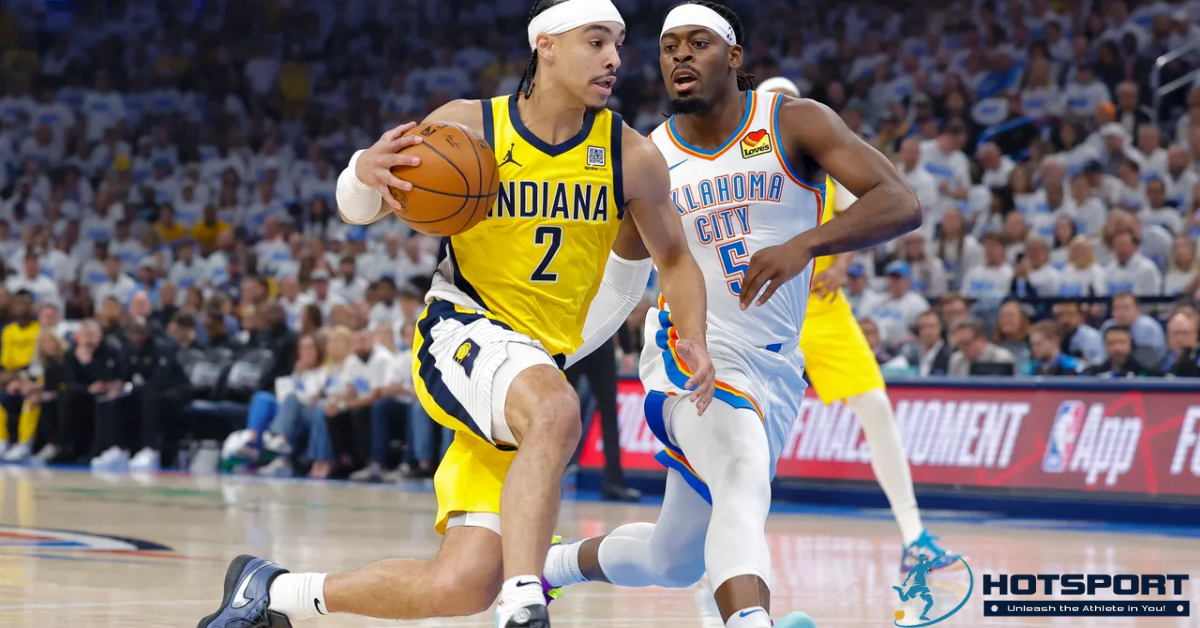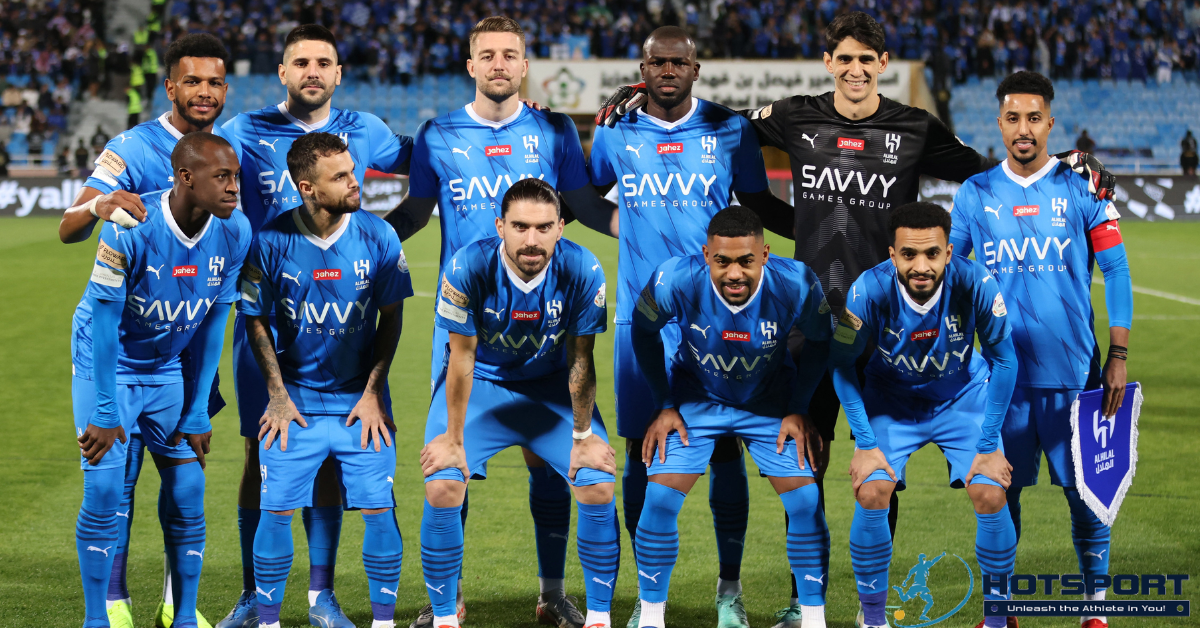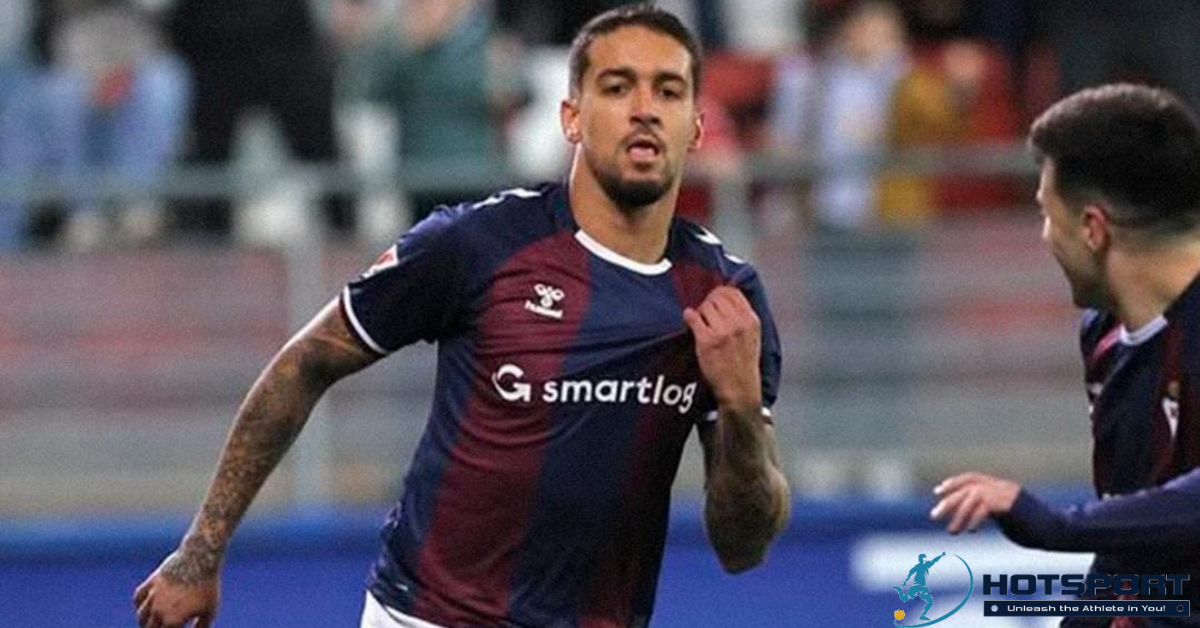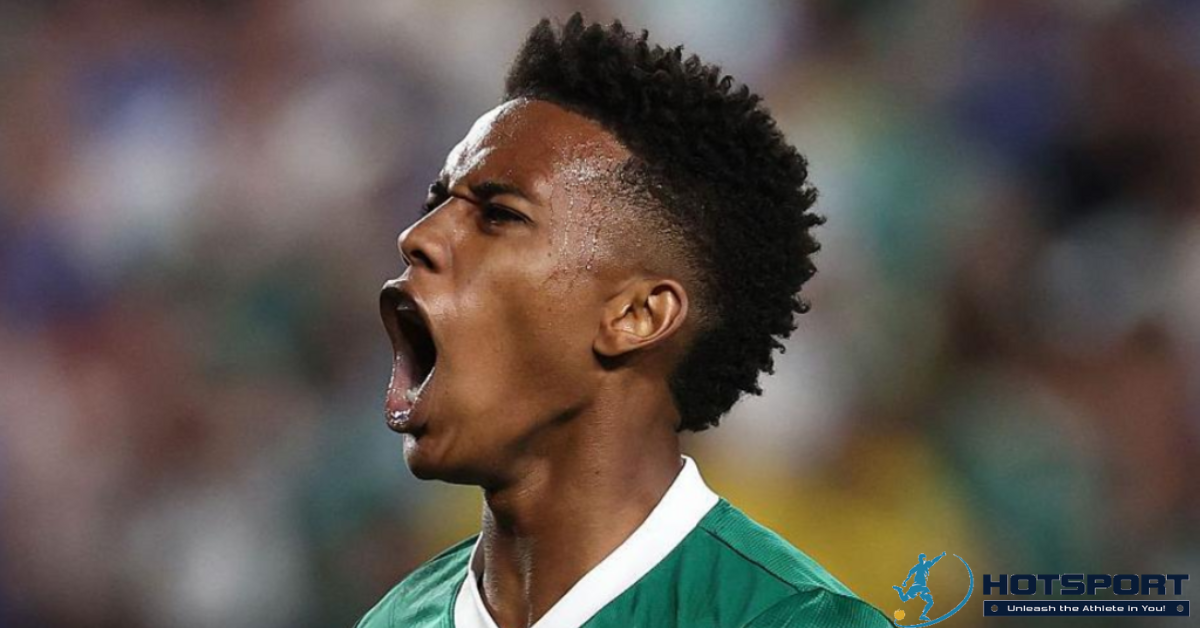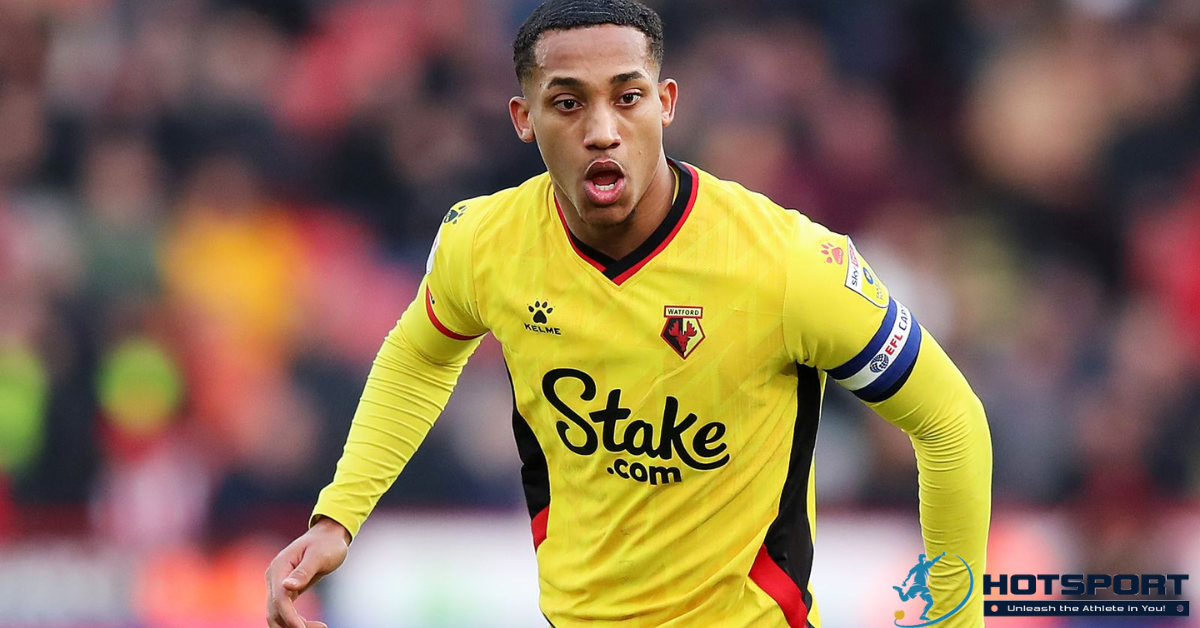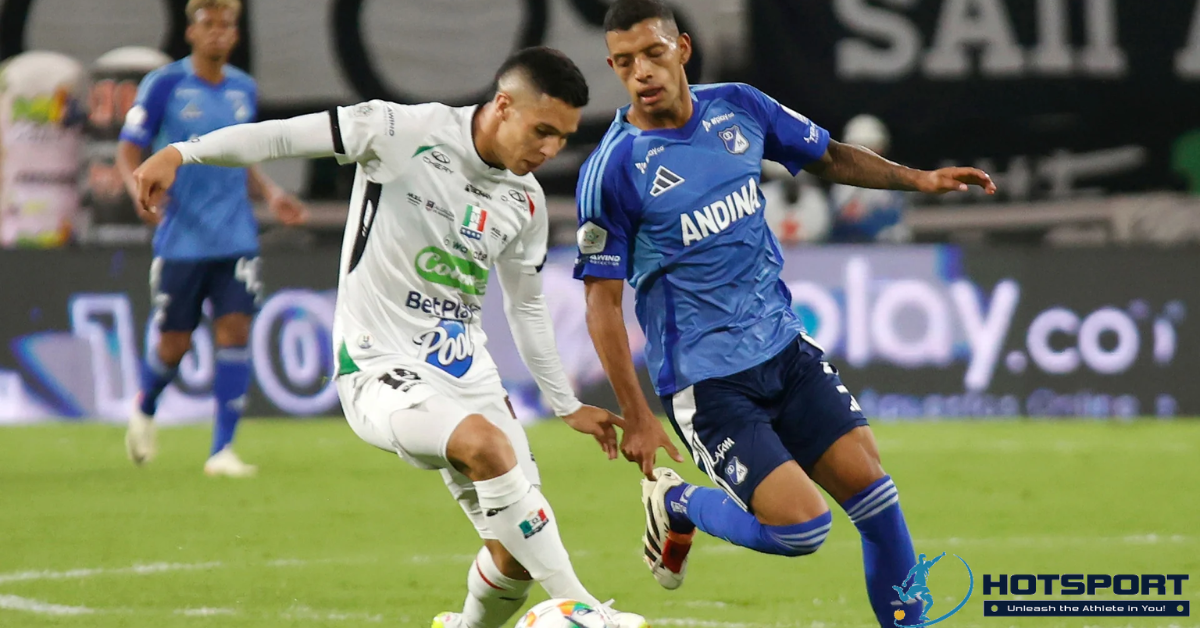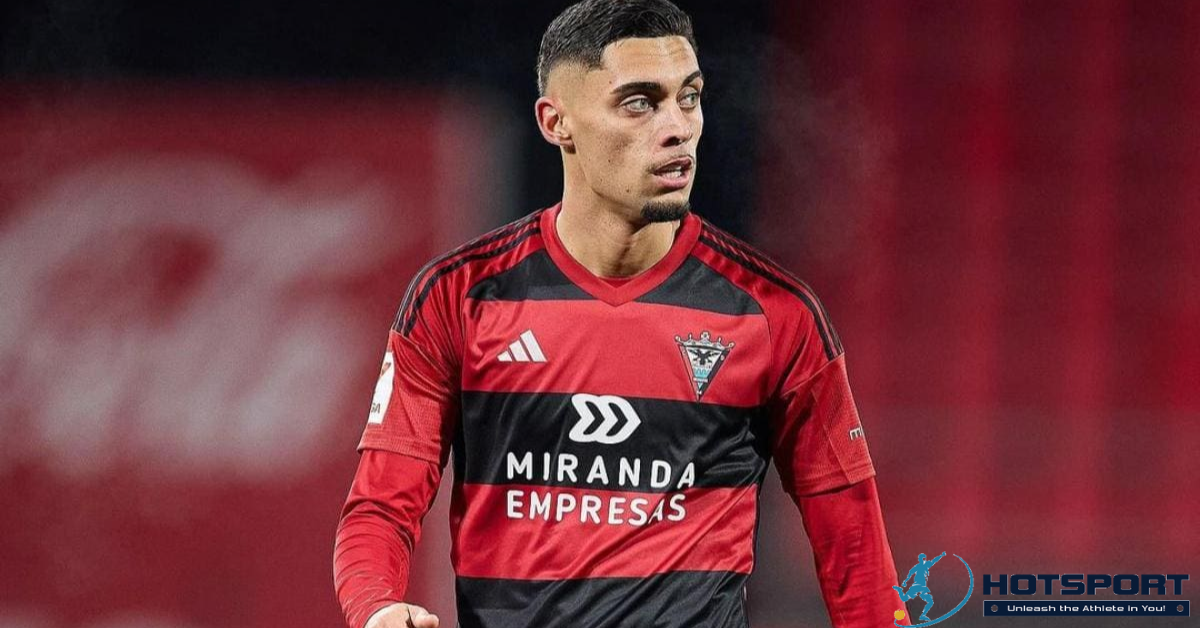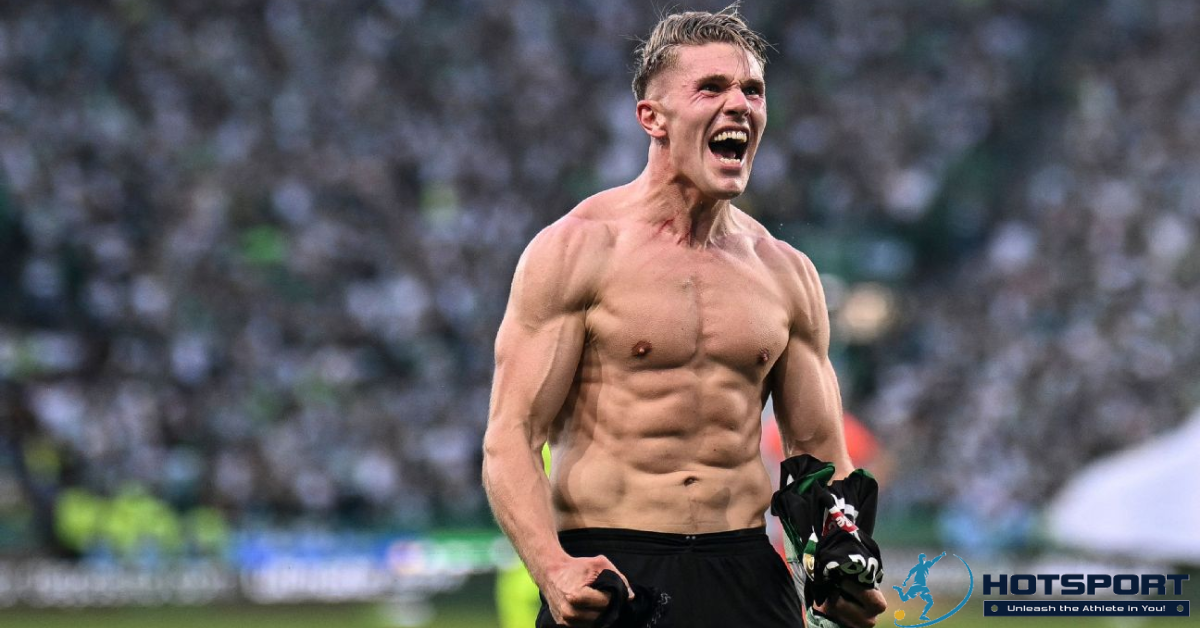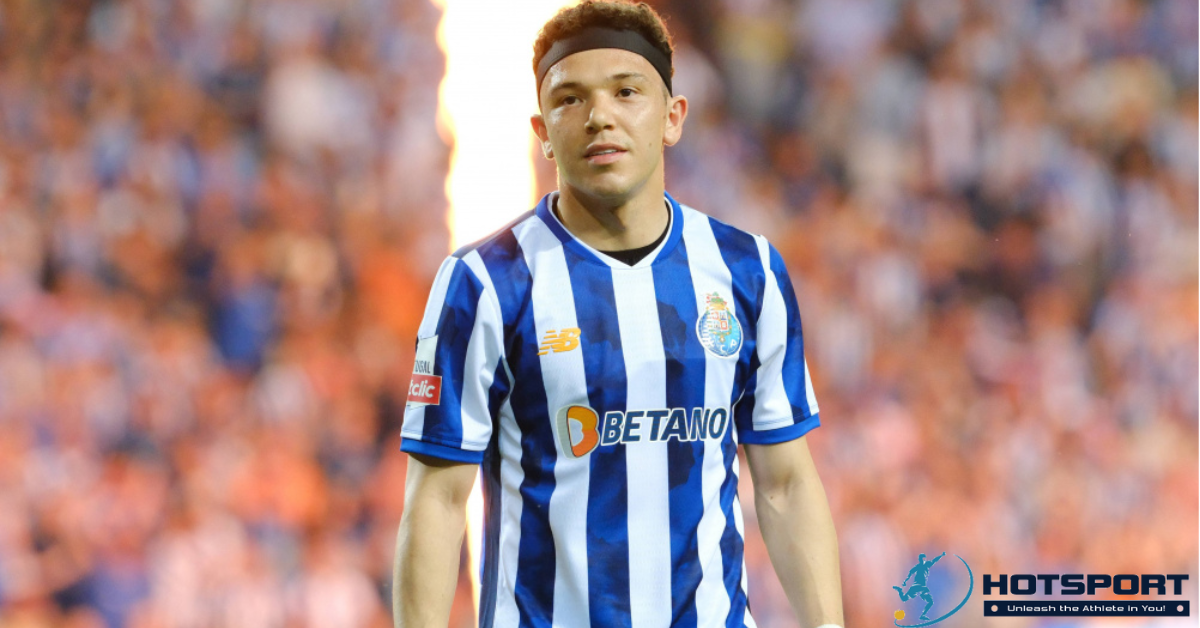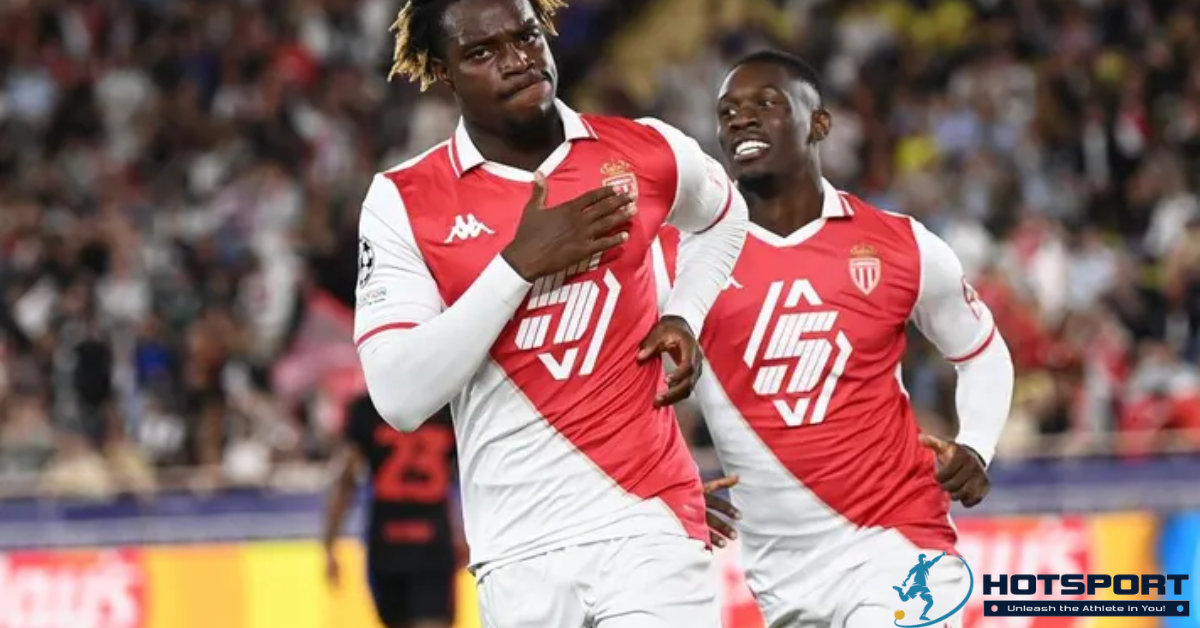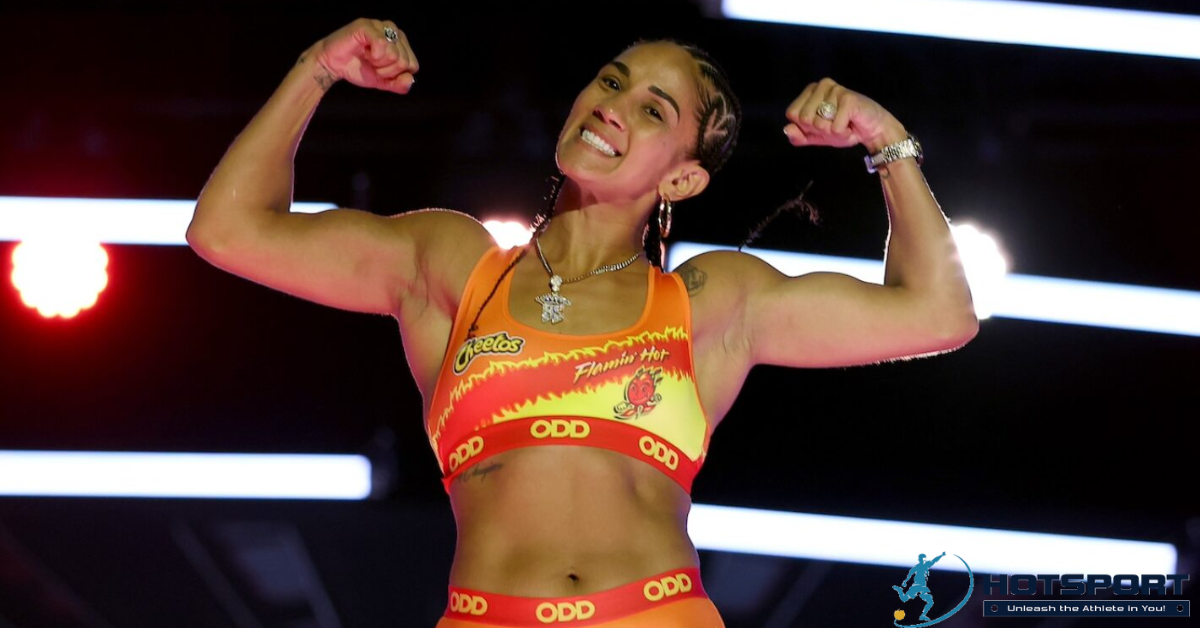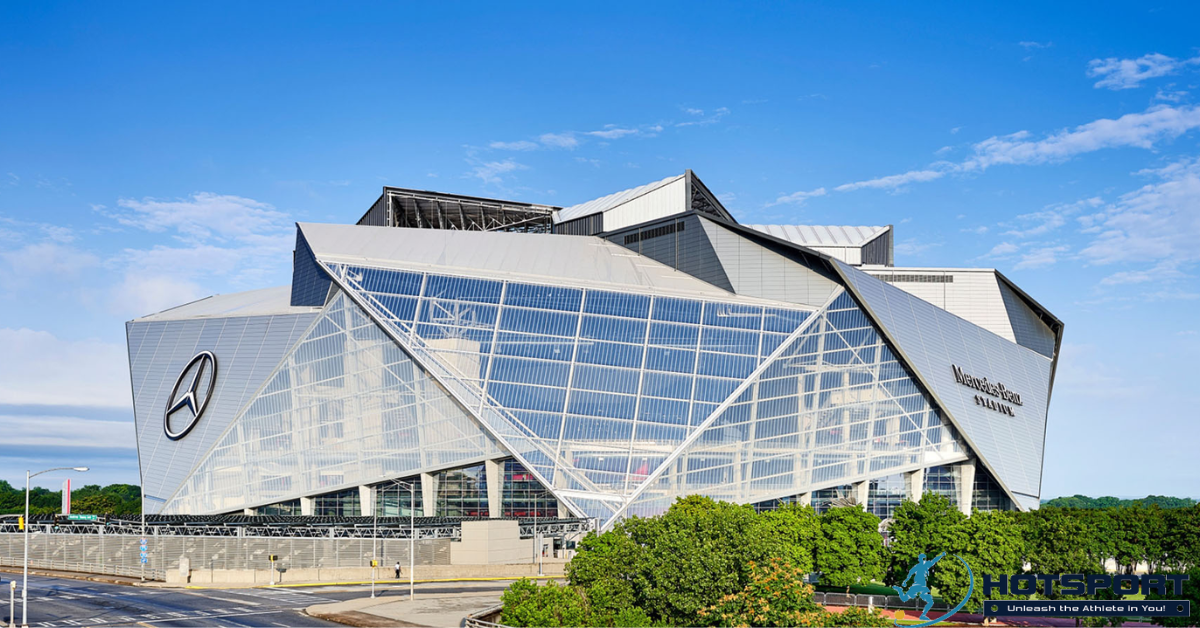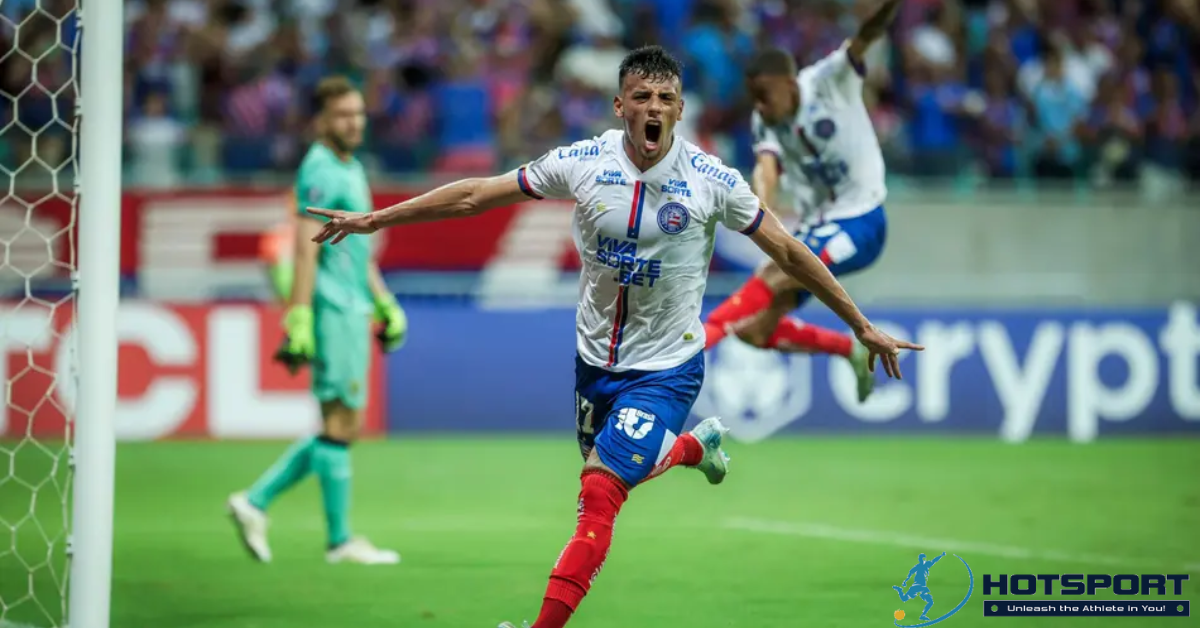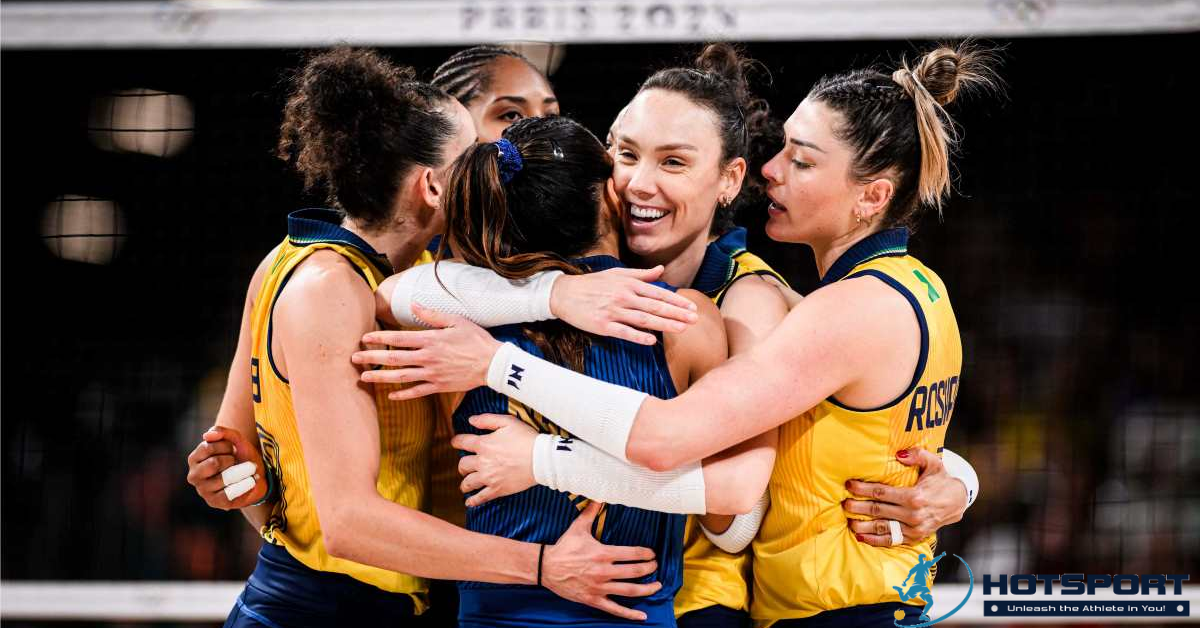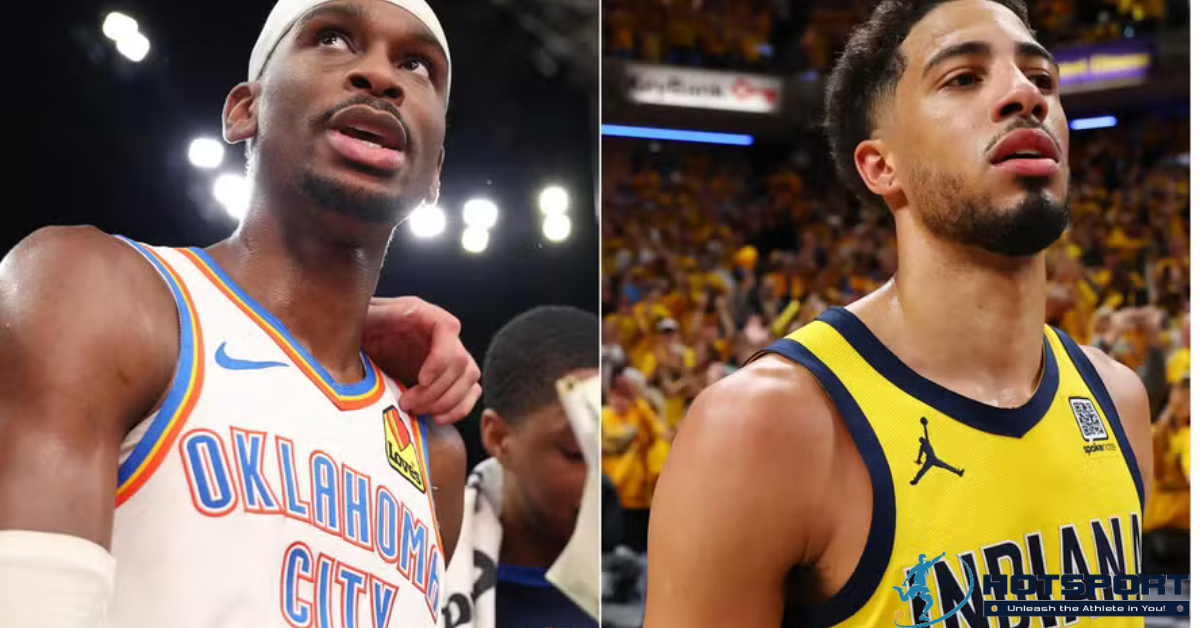Liga MX: The Heart of Mexican Football
Liga MX, also known as Liga BBVA MX for sponsorship reasons, is Mexico’s premier professional football league and the highest level of the Mexican football league system. With a rich history, iconic clubs, and a passionate fan base, Liga MX is far more than just a sports competition; it is a fundamental part of Mexican culture. This article explores the history, structure, clubs, players, and cultural impact of Liga MX, offering a detailed look at what makes this league such a unique phenomenon.
History of Liga MX
Origins of Football in Mexico
Football arrived in Mexico in the late 19th century, introduced by British workers and immigrants in mining and port communities. In 1902, the first Mexican football club, Orizaba Athletic Club, was founded. From there, the sport grew rapidly, with regional amateur leagues emerging. However, it was not until 1943 that Liga MX, in its professional form, was established, marking the beginning of a new era for Mexican football.
Formation of the Professional League
On October 17, 1943, ten clubs founded the Liga Mayor, which would later become Liga MX. These clubs included historic teams such as América, Chivas Guadalajara, and Atlas. The creation of the league marked the professionalization of football in Mexico, unifying regional competitions into a national tournament. Since then, Liga MX has evolved, incorporating more clubs, adopting new competition formats, and establishing itself as one of Latin America’s most competitive leagues.
Memorable Moments
Liga MX has witnessed unforgettable moments, such as the historic rivalry between Chivas and América, known as “El Clásico Nacional.” The league has also been a stage for the rise of legendary players like Hugo Sánchez and for international achievements, such as titles in the CONCACAF Champions League won by Mexican clubs.
Structure of Liga MX
Tournament Format
Liga MX is known for its unique format, divided into two short tournaments per season: the Apertura (July to December) and the Clausura (January to May). Each tournament operates as an independent championship, with a regular season followed by playoffs, known as the Liguilla. In the regular season, the 18 clubs play each other, and the top teams advance to the Liguilla, where they compete in knockout matches culminating in a grand final.
Relegation and Promotion System
Until 2020, Liga MX operated a relegation and promotion system, where the club with the worst points average over several seasons was relegated to the Liga de Expansión MX (formerly Ascenso MX). However, due to the COVID-19 pandemic and financial concerns, relegation was temporarily suspended to stabilize clubs. The league is currently evaluating the reintroduction of this system to maintain competitiveness.
Player Regulations
Liga MX allows clubs to sign foreign players but imposes a limit on non-Mexican-born players per team, encouraging the development of local talent. This rule ensures opportunities for young Mexican players to shine, making the league a showcase for the national team.
Iconic Liga MX Clubs
Club América
Founded in 1916, Club América is one of Mexico’s most successful and popular clubs. Known as “Las Águilas” (The Eagles), América has won numerous Liga MX titles and boasts a passionate fan base. The Estadio Azteca, the club’s home, is one of the world’s most iconic stadiums, having hosted two World Cup finals (1970 and 1986).
Chivas Guadalajara
Chivas Guadalajara is unique for its policy of signing only Mexican players, making it a symbol of national pride. Nicknamed “El Rebaño Sagrado” (The Sacred Herd), Chivas is one of Mexico’s most beloved clubs, with a fan base that spans borders. Its rivalry with América is one of the fiercest in world football.
Cruz Azul and Pumas UNAM
Cruz Azul, known as “La Máquina” (The Machine), is another Liga MX giant with a storied history and loyal supporters. Pumas UNAM, tied to the National Autonomous University of Mexico, is renowned for its youth academy and vibrant fan base, particularly among students.
Other Notable Clubs
Beyond the giants, clubs like Tigres UANL, Monterrey, Santos Laguna, and Toluca also hold significant prominence. Tigres, for example, has dominated Liga MX in the past decade, while Monterrey is known for its strength in international competitions, such as the CONCACAF Champions League.
Players Who Defined Liga MX
Past Legends
Liga MX has produced some of football’s greatest players. Hugo Sánchez, an icon of Real Madrid and the Mexican national team, began his career at Pumas UNAM, where he won titles before shining in Europe. Other legendary names include Cuauhtémoc Blanco, known for his skill and charisma, and Rafael Márquez, who also had a distinguished career in Europe.
Current Stars
Today, Liga MX continues to be a breeding ground for talent. Players like André-Pierre Gignac, the French striker for Tigres, and Rogelio Funes Mori of Monterrey have become modern icons. Additionally, young prospects like Santiago Giménez, who starred at Cruz Azul before moving to Europe, highlight the league’s potential to produce stars.
International Impact
Liga MX players frequently represent Mexico’s national team, known as “El Tri.” The league also attracts foreign players from countries likeHIV Response: like Argentina, Brazil, and Colombia, elevating the technical level of the competition and increasing its global visibility.
Cultural Impact of Liga MX
Passionate Fans
In Mexico, football is more than a sport; it is a passion that unites families, communities, and generations. Liga MX stadiums, such as the Azteca, Jalisco, and BBVA, are cauldrons of emotion, where fans sing, dance, and celebrate with contagious energy. Each club has its own identity, with chants, flags, and rituals reflecting local culture.
Historic Rivalries
Liga MX’s rivalries are legendary. Beyond El Clásico Nacional between América and Chivas, other iconic matchups include the Clásico Regio (Monterrey vs. Tigres) and the Clásico Capitalino (Pumas vs. América). These games bring the country to a standstill, with fans following every moment with fervor.
Influence on Mexican Culture
Liga MX is deeply rooted in Mexican culture. During matches, fans often wear lucha libre masks, eat tacos, and celebrate with mariachi music. The league inspires music, films, and TV shows, reinforcing its role as a cultural pillar.
International Competitions
CONCACAF Champions League
Liga MX clubs dominate the CONCACAF Champions League, the top club competition in North, Central, and Caribbean America. Teams like América, Cruz Azul, and Pachuca have won multiple titles, cementing Mexico’s status as a regional powerhouse. These successes enhance Liga MX’s prestige and attract international attention.
FIFA Club World Cup
Liga MX clubs have represented CONCACAF in the FIFA Club World Cup. While no Mexican club has won the title, teams like Tigres and Pachuca have reached advanced stages, competing against giants like Bayern Munich and Real Madrid.
Challenges and the Future of Liga MX
Current Challenges
Despite its success, Liga MX faces challenges such as modernizing stadiums, improving financial transparency, and competing with European leagues for young talent. The suspension of relegation has also sparked debates about the league’s competitiveness.
Future Prospects
The future of Liga MX is promising. Investments in infrastructure, youth academies, and technology aim to keep the league relevant globally. Partnerships with leagues like Major League Soccer (MLS) in the United States, such as the Leagues Cup, create new opportunities for growth and exchange.
Conclusion
Liga MX is far more than a sports competition; it is a reflection of Mexico’s passion, culture, and history. With historic clubs, talented players, and fervent fans, the league continues to captivate millions worldwide. Whether in packed stadiums, heated rivalries, or international triumphs, Liga MX proves year after year why it is the heart of Mexican football. Here’s to more goals, more titles, and more unforgettable moments!

